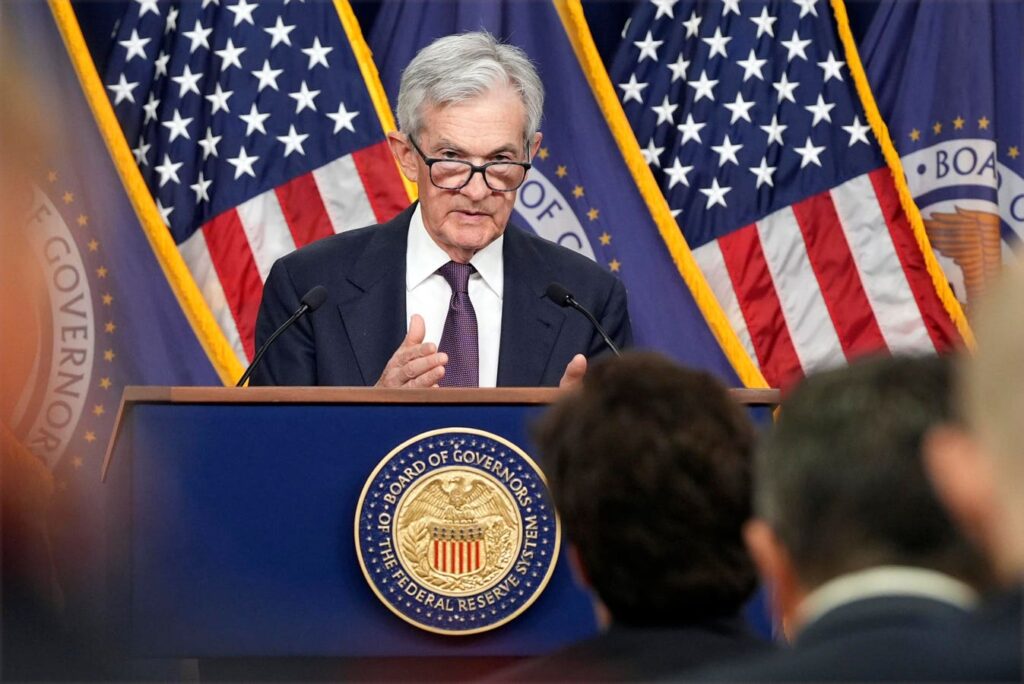The Consumer Price Index report for January is expected to show broadly unchanged annual inflation compared to December according to nowcasts. The CPI release is scheduled for February 12. If nowcasts for relatively flat annual inflation hold, then that may reassure the Federal Open Market Committee that inflation is subdued. Nonetheless, further interest rate cuts are not viewed as imminent. Broadly flat inflation would be relatively welcome, because headline CPI inflation has accelerated a little since September. That’s something the FOMC would like to see reverse.
The Importance Of Housing
The most important series within CPI inflation will likely be shelter costs. Shelter carries a significant weight within the index and was increasing at a 4.4% annual rate as of the December CPI report. As such, shelter costs contributed 1.6% to the headline inflation rate of 2.9% on an annual basis given shelter’s 36% weight in the CPI series.
Interestingly, the New Tenant Rent Index for Q4 2024 as produced by the Bureau of Labor statistics showed a decline of 2.4%. Now this is an experimental series and subject to revision. Indeed, such declines have been revised historically.
Still, if this were an early signal of housing cost disinflation surfacing in CPI data, then cooling shelter costs might create a disinflation for much of 2025. That said, housing inflation has remained stubborning high for some time, despite many predictions that it may ease.
Other categories that contributed to December’s inflation were airfares, vehicle costs as well as insurance and medical services. Still, housing remains the largest individual contributor to the inflation series.
The Fed’s Reaction
After cutting rates by 1% in the second half of 2024, the FOMC is now expected to pause further cuts pending further evidence that inflation is on track for the FOMC’s 2% goal. Markets estimate that another cut could come as early as March, but could well take longer depending on how economic data plays out. An expected spike in job losses could also motivate interest rate cuts from the FOMC, but is not expected.
Inflationary Tariffs
The prospect of Trump’s tariffs on foreign imports could also complicate the FOMC’s decision making. Such tariffs, if implemented, would likely raise prices on various imported goods and service-related costs, hence potentially contributing to inflation. However, it remains to be seen whether and precisely how such tariffs are implemented. We also don’t yet know how the FOMC might react to what could be a one-time increase in prices from tariffs. Still, tariffs could add complexity to monetary policy.
What To Expect
January’s CPI report may not show much evidence of disinflation, but if nowcasts are correct, then even a pause in the recent pick-up in inflation since September 2024 would be welcome.
Evidence of cooling inflation in January alone would likely be insufficient for the FOMC to return to cutting rates, but may move policymakers a little closer to another cut. For now, inflation remains stuck closer to 3%, materially at above the FOMC’s 2% annual target. The FOMC is looking for a little more evidence of disinflation before the possibility of further rate cuts in 2025. January’s inflation report may offer a little good news, or at least end a string of more concerning reports.
Read the full article here


